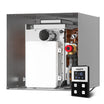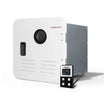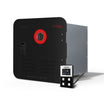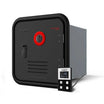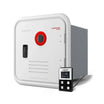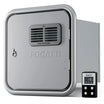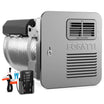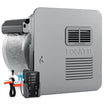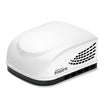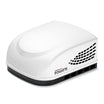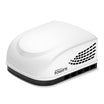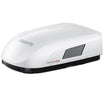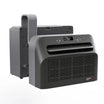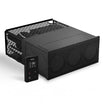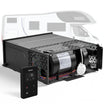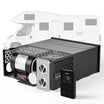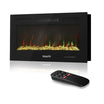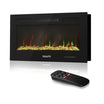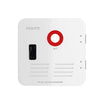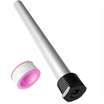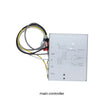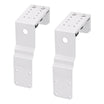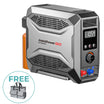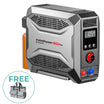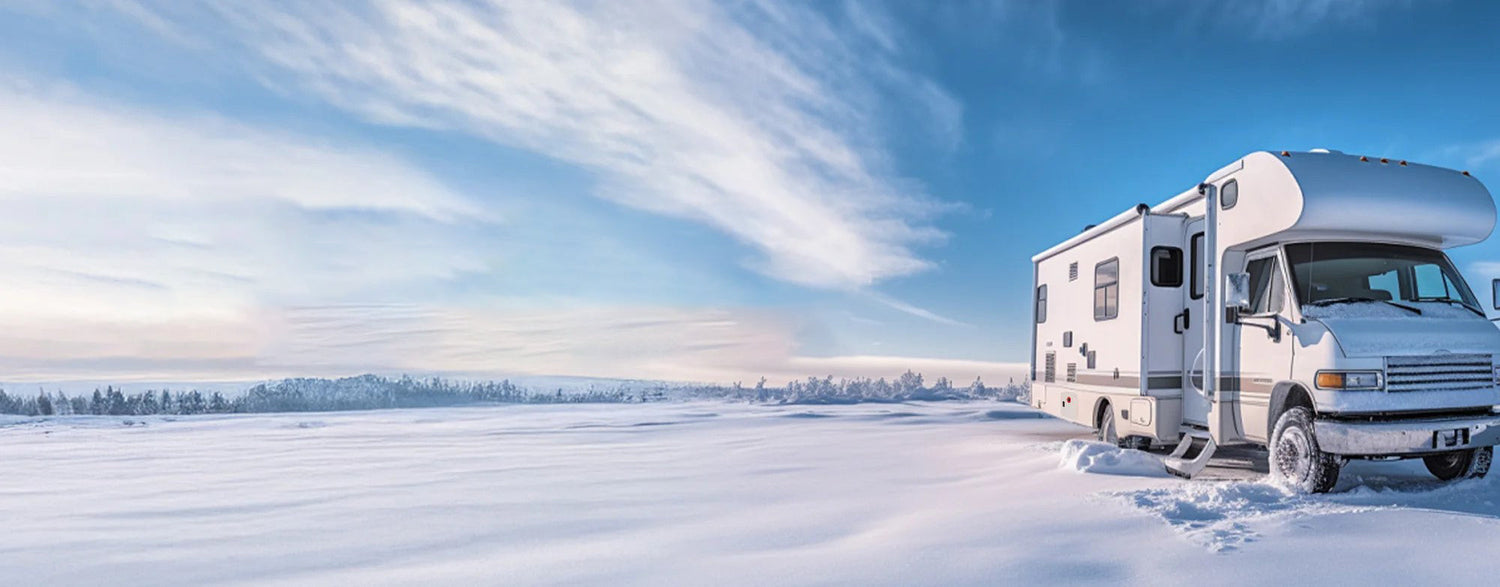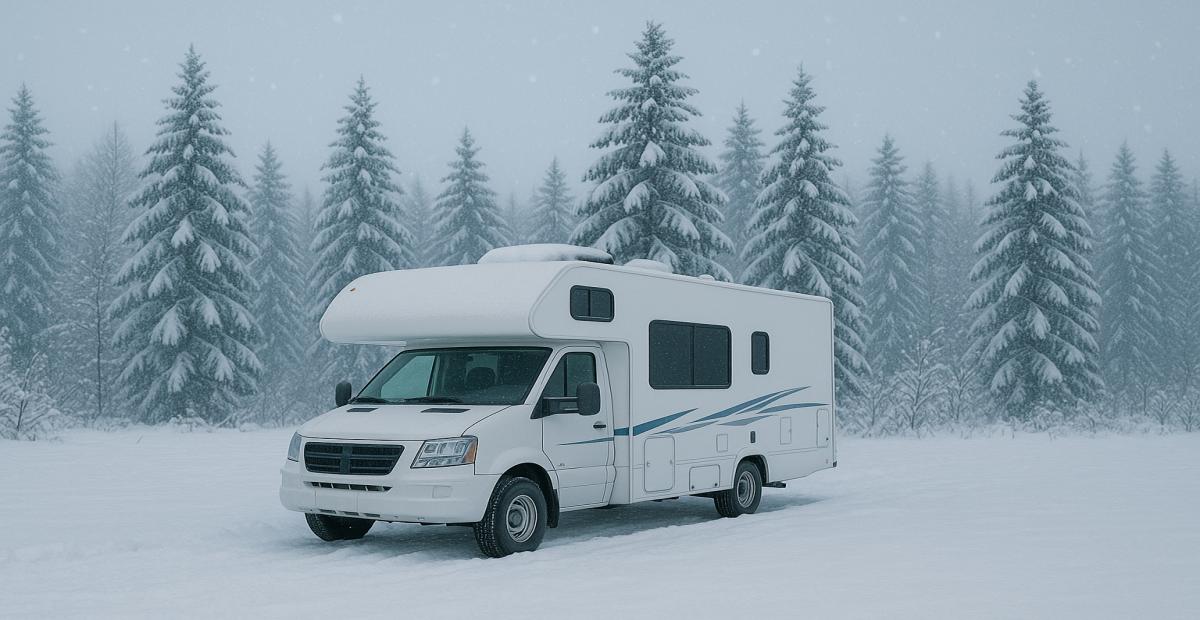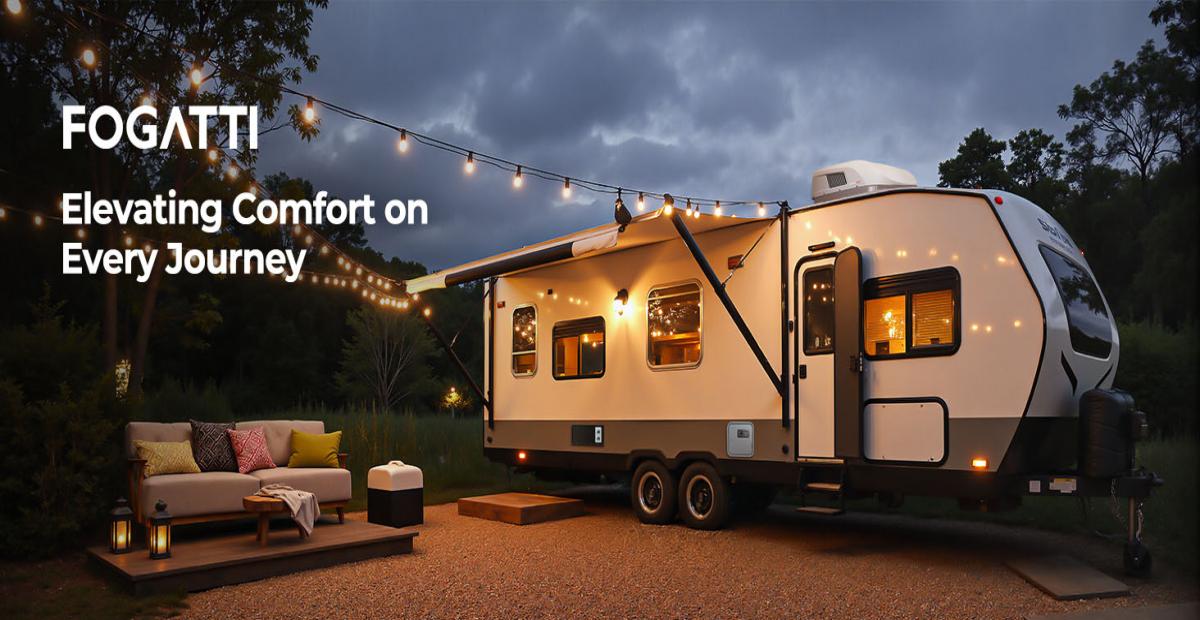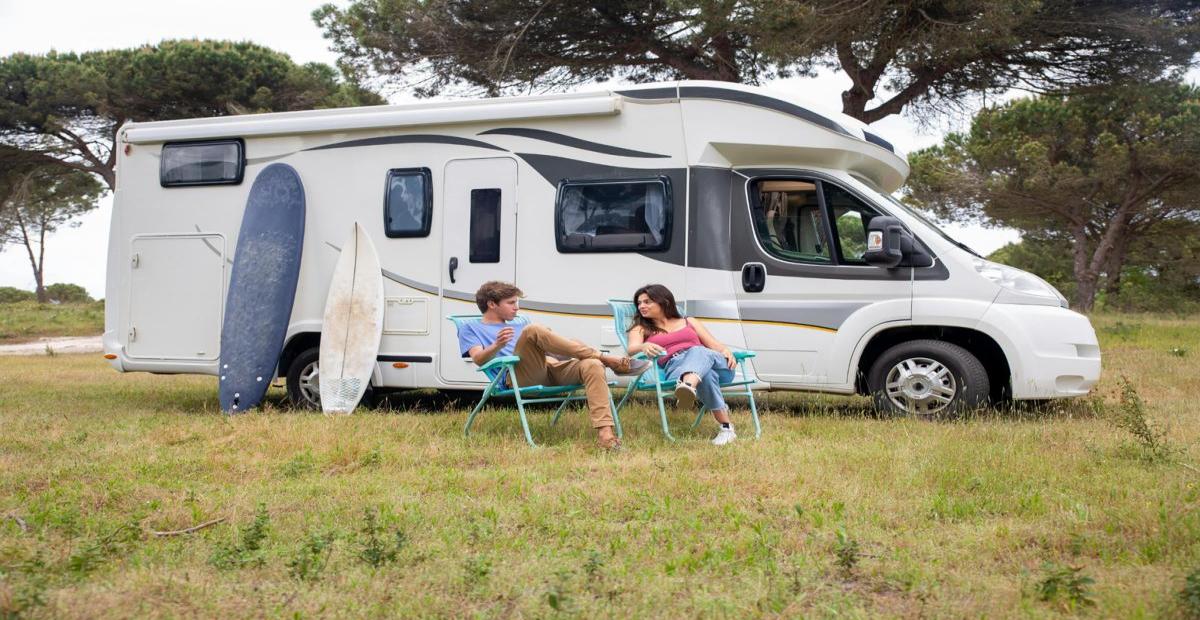How to Keep Your RV Tankless Water Heater from Freezing During Cold Weather
Embarking on adventures in cold climates poses unique challenges for RV enthusiasts, especially the risk of freezing RV tankless water heater. These units, often installed outside with compact designs, are highly vulnerable to freezing temperatures. If freezing occurs, it can lead to ruptured pipes, damaged heating elements, and costly repairs or even replacements. Such issues not only strain your budget but can also ruin your trip by leaving you without hot water for showers, washing, or heating.
On occasion, the customer may even be forced to invest in a new water heater instead, which is both expensive and frustrating. An RV on-demand water heater is not just a hefty investment – it can ruin your holiday, leaving you without hot water for showers, washing, or heating.
One of the most significant factors is that elemental weather conditions should not be sufficient to allow the water tank to reach such temperatures. If a sufficient number of precautions are taken, these dangers can be avoided, thus allowing a cozy and pleasant RV trip free of hurdles in colder climates.
The Risks of Freezing for RV Tankless Water Heaters
Winterizing the water heater is a practice that should be taken seriously, as failure to do so might lead to the irreversible freezing of water within its internal parts. This can potentially burst even the strongest pipes, forcing owners to purchase expensive repairs.
Additionally, water flow in the water heater suffers immensely during periods of low temperature, especially causing an inefficient heater that may work only for specific hours.
A frozen water heater not only compromises the RV’s plumbing system but also disrupts the comfort of your trip. For campers, propane-powered RV tankless water heaters are an excellent choice, offering unlimited hot water while saving space and energy.
Effective Ways to Prevent Freezing
How to Use Heating Pads for RV Water Heater Protection
Heating pads are a simple and effective solution to prevent freezing. These devices provide consistent warmth to the heater and exposed pipes, ensuring they remain functional even in extreme cold.
Steps to Use Heating Pads:
- Placement: Attach the pads to the bottom of the water heater or around exposed pipes.
- Thermostat Connection: Connect the pads to a thermostat to regulate temperature and prevent overheating.
Heating pads are easy to install and offer reliable protection, making them an essential tool for cold-weather RVing.
Insulating Your RV Water Heater to Prevent Freezing
Proper insulation is a key strategy to retain heat and safeguard your water heater from freezing temperatures. Here’s how to do it effectively:
How to Insulate Your Water Heater and Pipes:
- Wrap the Heater: Cover the water heater with an insulated blanket or foam wrap to retain heat.
- Protect the Pipes: Apply foam pipe insulation or heat tape to water lines leading to and from the heater.
- Seal Gaps: Inspect the heater compartment for open spaces and seal them with caulking or weatherproof tape to prevent heat loss.
Best Materials for Insulation:
- Foam Pipe Insulation: Lightweight and easy to install on various pipe types.
- Reflective Insulation Wrap: Reflects heat to retain warmth and minimizes cold air intrusion.
- Heat Tape: Provides steady warmth for pipes in extremely cold conditions.
- Insulated Blankets: Specialized blankets enhance thermal protection for the heater.
Using a Water Heater Cover for Additional Protection
Water heater covers act as an extra shield against freezing temperatures. These covers:
- Provide Insulation: Help reduce heat loss and block cold winds.
- Enhance Efficiency: Maintain the heater’s operational temperature by minimizing exposure to harsh elements.
Most RV water heater models have compatible covers designed for extreme cold conditions. Using a cover is a straightforward yet effective way to prevent freezing.
Essential Winterization Steps
To ensure your RV water heater remains operational during freezing weather, follow these essential winterization steps:
- Drain All Standing Water: Prevent freezing by draining water from pipes and the heater.
- Add Antifreeze: Use RV-specific antifreeze in your plumbing system for additional protection.
- Insulate Thoroughly: Ensure all pipes and the heater are well-insulated.
- Install Heating Pads: Supplement insulation with heating pads for consistent warmth.
- Seal Draft Spots: Identify and close gaps where cold air might enter your RV’s plumbing system.
Protecting your RV’s tankless water heater from freezing is essential for a smooth and enjoyable cold-weather trip. By employing strategies like insulation, heating pads, and proper winterization, you can safeguard your heater from damage, ensuring consistent performance and peace of mind.
With these precautions, your RV adventures will be free of stress, allowing you to focus on making memories. Protect your equipment, and it will ensure your comfort in return—no matter how low the temperature drops.


